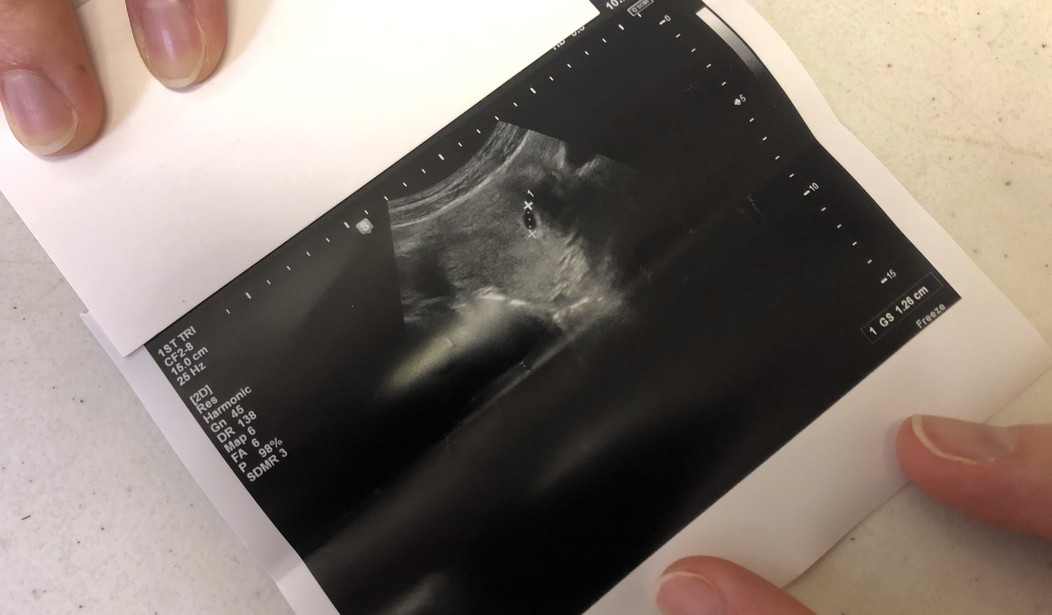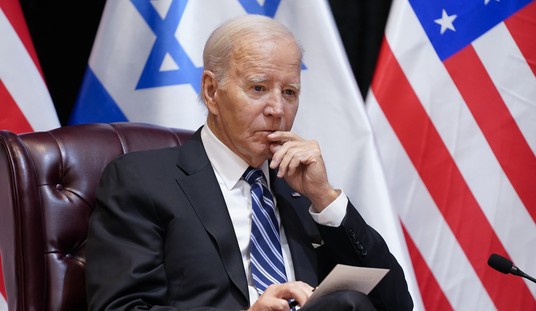Of all the spending debates that have occurred in Congress over the years, none is better-known than the annual debates that have taken place over the Hyde Amendment. This spending policy was first introduced in 1976 by Rep. Henry Hyde of Illinois. It was a crown point of an illustrious career in Congress. It was also a point of controversy, and it remains so today. But one aspect of the Amendment and its consequences is not in dispute: the Hyde Amendment saves lives.
In 2016 scholar and statistician Michael J. New, Ph.D. conducted a thorough analysis of the impact of the Hyde Amendment at the 40th anniversary mark of its initial enactment. That analysis has essentially gone unchallenged, and for good reason. Both sides in the abortion debate agree that abortion rates increase when the procedure is publicly funded. According to the Guttmacher Institute, “Among women with Medicaid coverage subject to the Hyde Amendment, one in four who seek an abortion are forced to continue the pregnancy.”
Put another way, Guttmacher concedes that where the Hyde Amendment exists, one in four women will go on to have the baby they are carrying. Now, it is just as important to recognize that the term “Hyde Amendment” applies to a variety of abortion funding limitations, most of them introduced by other members of Congress and adopted over the decades by a bipartisan majority of both houses of Congress. For convenience’s sake, this family of amendments – affecting everything from the Indian Health Service, to the Department of Defense, to federal employees, to the Peace Corps – is under the rubric of its author and original sponsor.
So, the Hyde Amendment reduces abortions and saves lives. But how many? The calculations, as Dr. New’s studies for the Lozier Institute show, can get complicated and messy. First, there is the geographic reach of the amendment. The federal limitations apply to every state, the District of Columbia, Native Americans, Peace Corps volunteers overseas and others. But the Hyde Amendment affects only the federal portion of a state’s Medicaid funds. The program is a federal-state partnership under which the states can use their own public dollars to pay for abortions. Thirty-three states and the District of Columbia currently do not use tax dollars to fund elective abortions.
Recommended
In addition, state policies can change over time. Especially in the early years after the enactment of the amendment, litigation occurred and the law was enjoined for a time, meaning the amendment was saving no lives for that period in the affected jurisdiction. This litigation transpired in both federal and some state courts. Estimates of the number of abortions that would have been funded – and were in fact funded prior to 1976 nationally – range as high as 300,000 per year.
Finally, there is the spate of legal changes that occurred just before and after the Supreme Court ruling in Dobbs v. Jackson Women’s Health Organization, involving the state’s enactment of a limit on abortion at 15 weeks of gestation. The Supreme Court’s ruling on June 24, 2022, upheld the Mississippi law but went further, allowing the states and Congress to set abortion policy. This, in turn, launched a new round of policy making as states revived old laws, held referenda on abortion policy, enacted new laws, and engaged in more wrangling over the abortion issue under state constitutions.
The wrinkle in analyzing the impact of the “Hyde Amendment,” broadly understood, is that the law cannot be cited as the source of saved lives in those states that have the Amendment but also have in effect laws that limit abortions from being performed in the first place. The New analysis takes these multiple and oftentimes subtle changes into account.
The findings are bracing. From its first enactment in 1976 until 2020, New finds that the Hyde Amendment saved 2,444,181 lives. From that time forward, the law saved 60,588 lives in 2021; 47,069 lives in 2022, and 15,130 lives so far in 2023. Overall, the Hyde Amendment is responsible for the lives of 2,566,968 of our fellow Americans. It is also responsible for the lives of their children and grandchildren. Few acts of Congress can claim such fruit.
Charles A. “Chuck” Donovan is president of the Charlotte Lozier Institute.
























Join the conversation as a VIP Member